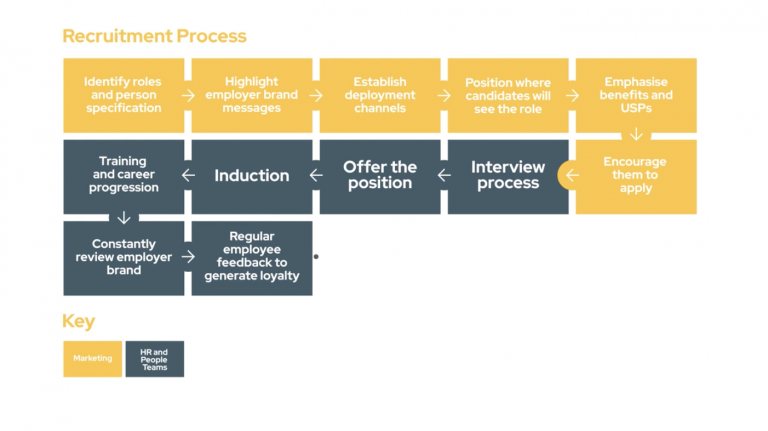We often hear the terms “animation” and “motion graphics” thrown around, but do you really know what sets them apart? Let’s unravel this creative chaos and discover the key differences between these two exciting realms of art and design.
In this blog post, we’re going to break it all down for you. We’ll explain the essential distinctions between animation and motion graphics, focusing on style, application, and the magic behind these creative mediums. So, buckle up, and let’s embark on this visual adventure!
Animation vs. Motion Graphics: A Side-by-Side Comparison
-
Definition:
- Animation: At its core, animation is the art of creating moving images through a sequence of individual frames. It brings characters, objects, or scenes to life, be it in 2D or 3D, with the illusion of motion.
- Motion Graphics: Motion graphics, on the other hand, is all about using graphic design elements like typography, shapes, and imagery to convey information, tell a story, or set a particular mood through movement. It’s like infusing static design with a dash of animated flair.
-
Purpose:
- Animation: Animations are often employed to tell stories, evoke emotions, and immerse viewers in a narrative. Whether it’s a full-length animated film or a short GIF, animations are all about storytelling.
- Motion Graphics: Motion graphics are more utilitarian, serving to communicate information, often in a clear and visually engaging way. They are a staple in industries like advertising, marketing, and user interface design.
-
Style and Aesthetics:
- Animation: The sky’s the limit when it comes to animation styles. It can range from the whimsical and cartoony to the hyper-realistic and everything in between. The artistic approach varies widely based on the desired narrative or emotional impact.
- Motion Graphics: While motion graphics can certainly be aesthetically pleasing, they typically maintain a more streamlined and minimalist design. Clean lines, bold typography, and simple shapes are commonly used to convey information effectively.
The above video for Glue Reply on their Data Marketplace is an example of a motion graphics animation
-
Time Duration:
- Animation: Animations can span anywhere from a few seconds (think of a quick loading icon) to feature-length films. The duration is flexible and depends on the storytelling needs.
- Motion Graphics: Motion graphics tend to be shorter and snappier. They are often used in videos, presentations, or websites to grab the viewer’s attention and communicate a message within a short time frame.
-
Complexity:
- Animation: Creating complex animations, especially in 3D, can be an arduous task. It requires meticulous attention to detail, character rigging, and careful planning of movements.
- Motion Graphics: Motion graphics are generally more straightforward in terms of complexity. They rely on the arrangement and movement of design elements, which are usually vector-based and relatively simple to execute.
-
Software Tools:
- Animation: Software like Adobe After Effects, Toon Boom, and Blender are commonly used for creating animations. These tools provide a range of features tailored to the animation process.
- Motion Graphics: Adobe After Effects is a staple for motion graphics, but design software like Adobe Illustrator and Cinema 4D can also be used to create motion graphic elements.
The video above is an example of an animated video for Doree Bonner
-
Narrative vs. Information:
- Animation: Animation shines in storytelling, creating engaging narratives, and building emotional connections with characters and plots.
- Motion Graphics: Motion graphics are all about conveying information efficiently. They use visuals to explain concepts, make data more digestible, or enhance the user experience in apps and websites.
-
Sound Integration:
- Animation: Sound plays a crucial role in animations, as it enhances the viewing experience. Whether it’s voice acting, sound effects, or music, audio is a fundamental element in animation.
- Motion Graphics: While sound can be added to motion graphics, it’s often more sparingly used and is not as integral to the experience as it is in animation.
-
Applications:
- Animation: Animations are seen in various forms, including feature films, television series, video games, web content, and even in medical and scientific visualisation.
- Motion Graphics: Motion graphics are widely used in advertising, explainer videos, video presentations, UI/UX design, and informational content across the web.
-
Flexibility and Adaptability:
- Animation: Animation has a broad spectrum of applications, but it often requires more time and resources for production.
- Motion Graphics: Motion graphics are versatile and can be easily adapted for different platforms and purposes, making them an efficient choice for modern marketing and design needs.
The video above shows the process involved in making either animated or motion graphics videos that we employ at Square Daisy
To summarise:
In the grand arena of visual storytelling and design, animation and motion graphics stand as two mighty gladiators. While animation dances to the tune of storytelling, emotion, and artistic expression, motion graphics flex their muscles to simplify information, communicate effectively, and enhance user experiences.
Animation is your go-to for bringing fantastical worlds and characters to life, while motion graphics step in when you need to convey complex ideas swiftly, in a visually engaging way. Animation is the Oscar-winning actor, and motion graphics is the sleek and functional sports car – both incredible in their own right.
So, whether you’re crafting an epic tale or designing an eye-catching infographic, remember to choose the right tool for the job. Whether you’re on #TeamAnimation or #TeamMotionGraphics, both of these creative avenues will continue to shape the way we communicate and captivate audiences in our visually-driven world. The real magic happens when you harness the power of both!
In the end, the choice between animation and motion graphics is like deciding between a roller coaster and a merry-go-round – both provide a thrilling ride, but it’s the specific experience you’re after that makes all the difference. So, go ahead, create, experiment, and have fun with these two incredible mediums!
Oh…and yes, we do both!

